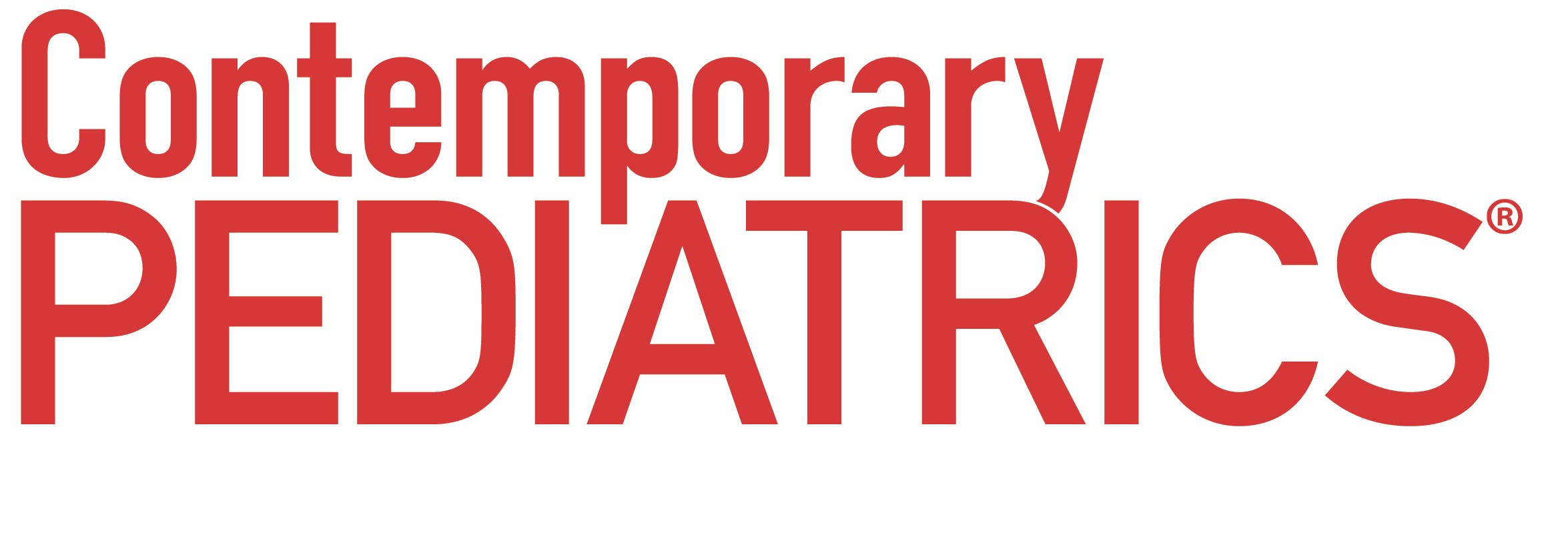When teens drive teens
A teenager getting behind the wheel of a car is perhaps the greatest risk, but being an adolescent passenger in that car also carries a great risk. A recent C.S. Mott poll highlights the risks associated with being an adolescent passenger driven in a car by another adolescent.
A teenager getting behind the wheel of a car is perhaps the greatest risk, but being an adolescent passenger in that car also carries a great risk. A
recent C.S. Mott pollhighlights the risks associated with being an adolescent passenger driven in a car by another adolescent. The poll asked a national sample of parents of teenagers aged 14 to 18 years about their children’s experience as a passenger in a car driven by a teenager as well as what strategies for handling unsafe drivers parents teach their children.
When asked whether the parents had allowed their teenager to be a passenger in a car driven by a licensed teenaged driver, 34% of them said that they had allowed it at least once or twice a week. Parents do try to limit the experience in conditions they believe to be unsafe such as bad weather (68%), after dark (45%), after midnight (67%), if the driver has had the license for less than 6 months (53%), when more than 2 teenagers will be in the car (48%), and when the ride will be on the freeway (41%).
Nearly 60% of parents indicated that they believed their child had been in an unsafe driving situation with a teenager behind the wheel. The unsafe situations included loud music (46%), cell phones (42%), and other teenagers in the vehicle. Parents additionally reported experience with speeding (45%) as well as being too tired to safely drive (14%) and impairment as the result of drugs or alcohol (5%).
Many of the parents shared what they have told their teenager to do when the teenager feels unsafe in the car. This advice included refusing to drive with the unsafe driver in the future (66%), telling the driver that the teenager feels unsafe (63%), telling the driver to stop the car and getting out (48%), and offering to manage the radio or cell phone (47%).
Eighty percent of the polled parents said that they had discussed with their teenager what to do when the adolescent driver appears to be under the influence of drugs or alcohol. Nearly every parent (88%) said that their child should call them for a ride. Other advice included not getting into the car (80%), finding another person to drive (51%), and taking the car keys away from the impaired driver (39%). In the implications section of the poll, the report said that developing formal agreements that allow the adolescent to call for a ride whenever the teen feels unsafe should send the message that the teenager’s safety is the most important concern and that fear of punishment should put the teenager into an unsafe situation.




















